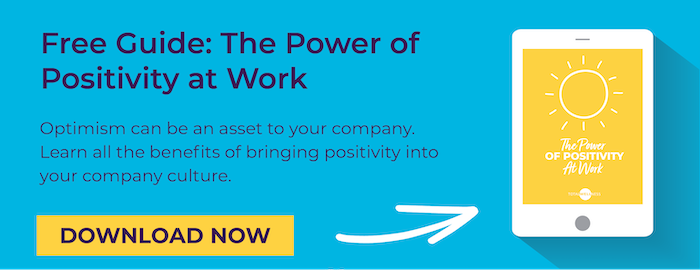 When was the last time you gave your culture a checkup? Are your policies and environment supporting or hindering those who are trying to embrace a healthy lifestyle? Culture audits are extremely valuable to assess where your company is on its path to wellness and what your potential barriers may be.
When was the last time you gave your culture a checkup? Are your policies and environment supporting or hindering those who are trying to embrace a healthy lifestyle? Culture audits are extremely valuable to assess where your company is on its path to wellness and what your potential barriers may be.
So if you've never audited your culture before, it's been a while since you have, or if you're planning an audit in the near future, use this post as your go-to audit checklist to make sure your health culture audit goes smoothly. Keep in mind that in most cases, you’ll probably want to pair up with someone with an analytical mind for this, whether that be someone in your in-house department or an outsourced expert.
What does a culture of health look like?
Here at TotalWellness, we talk a lot about building a culture of health and wellness, but sometimes that can be hard to define. So before we go too much further, let’s all get on the same page. According to William Baun, president of the National Wellness Institute, “In a culture of health, employee well-being and organizational success are inextricably linked. It aligns leadership, benefits, policies, incentives, programs and environmental supports to reduce barriers to active engagement and sustainability of healthy lifestyles.” Key elements also include:
- People who effectively support each other in achieving their lifestyle goals.
- Formal and informal polices and procedures that make the healthy choice the easy choice.
- Employees who work and play well together.
- Treating employee health as a business imperative.
- A sense of community, a shared vision and positive outlook.
Benefits of a Culture Audit
If you are on the fence about the need for offering a health culture audit, consider this scenario. Is healthy eating a priority, yet there continues to be unhealthy food choices at meetings and other employee events? These types of scenarios send mixed messages and decrease the impact of your wellness program. An audit can be a valuable tool in discovering certain aspects of your organizational culture that may be interfering with wellness efforts. Here are a few other benefits:
- Guide the actions of your wellness committee/team.
- Help make the worksite more supportive of healthy behaviors through policy and environment changes.
- Identify the unwritten “norms” and rules.
- Determine whether you culture is optimized to achieve your goals.
- Improve the overall culture.
- Recharge your wellness program - spark life into a new strategy and direction.
Components of a Culture Audit
Finally, let’s talk about how to complete a culture audit. Health culture auditing follows a simple three-step process:
Assessment
Gather information. If possible interview stakeholders, conduct focus groups, survey employees, tour buildings, take photos, eat lunch in the cafeteria, and review internal documents to really evaluate workplace culture.
Analysis
Identify critical holes and weak spots. Start asking questions. What do management and employees perceive as important? Are their synergies? You could also use a SWOT analysis to find your strengths, weaknesses, opportunities and threats.
Recommendation
After you have collected data and reviewed results, you'll want to prepare a summary and recommendations to senior management. Prioritize the changes that will have the greatest impact.
If you have a limited budget or a do-it-yourself attitude, you can choose from a variety of free resources:
Completing a health culture audit can serve as important reminder that employee wellness doesn’t happen in a vacuum. While the process takes time, the results can be enlightening and lead to improvements in your corporate wellness program.



